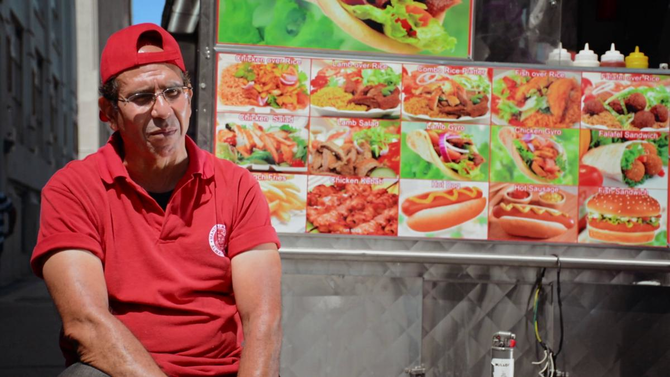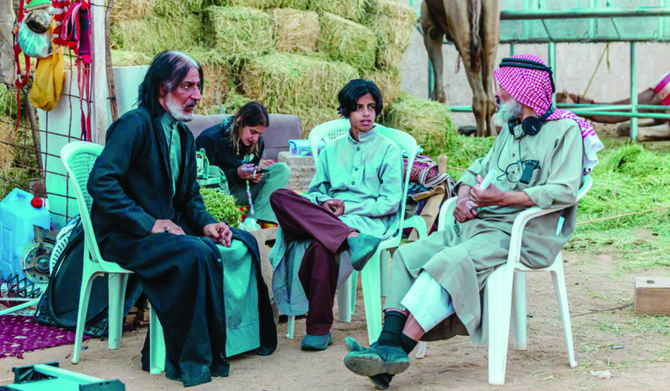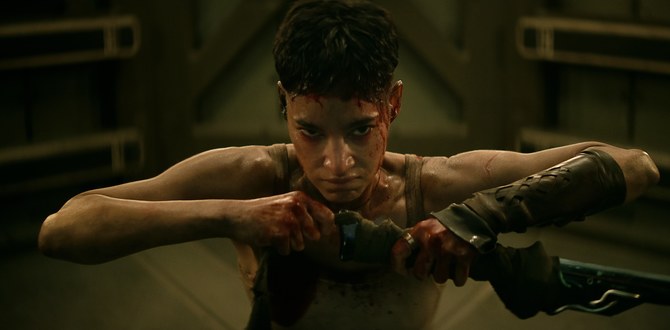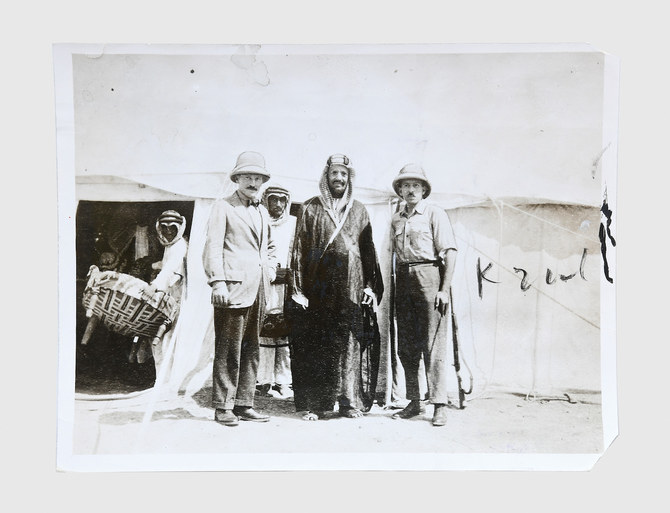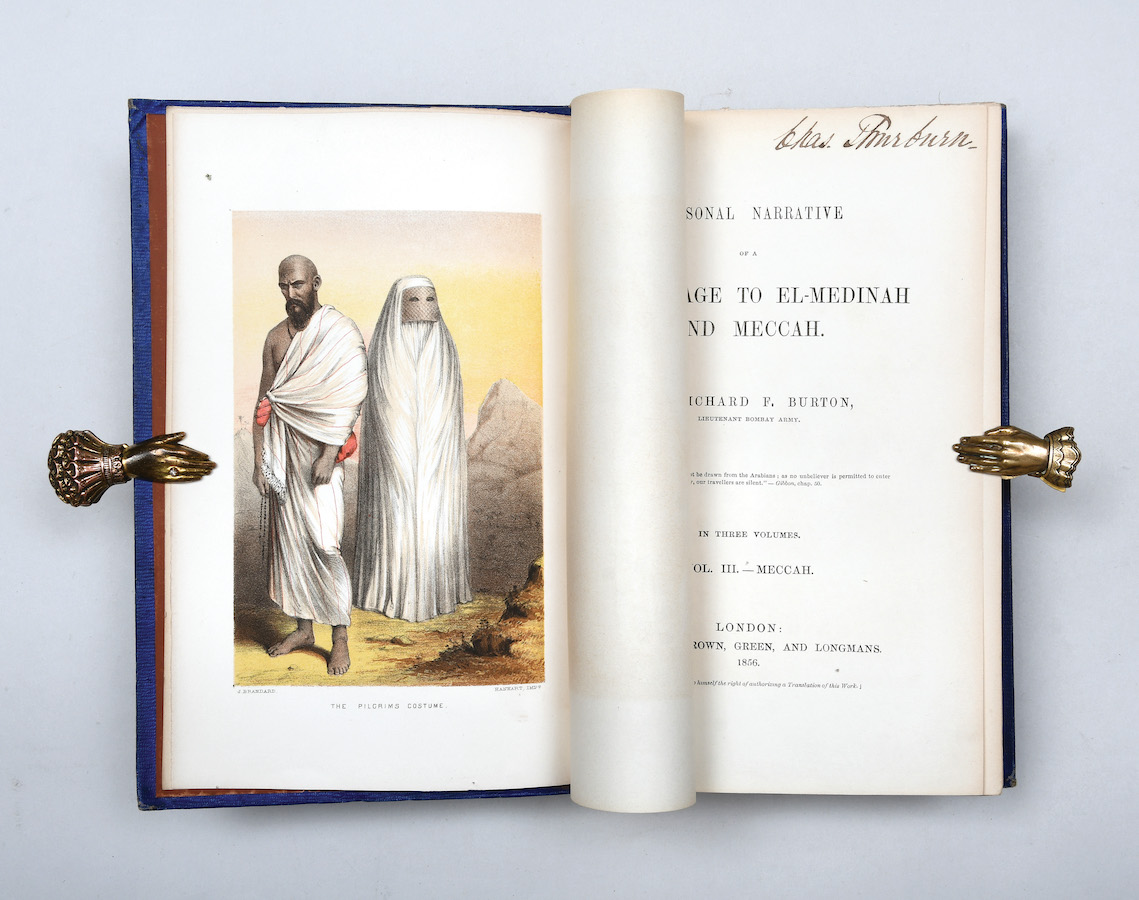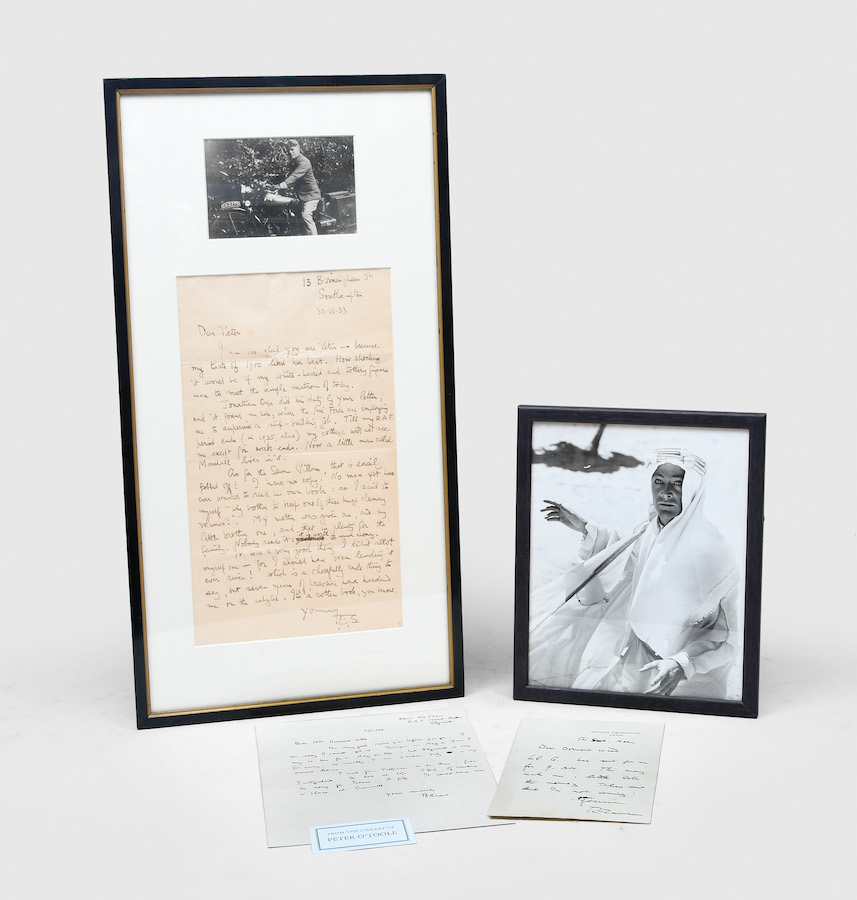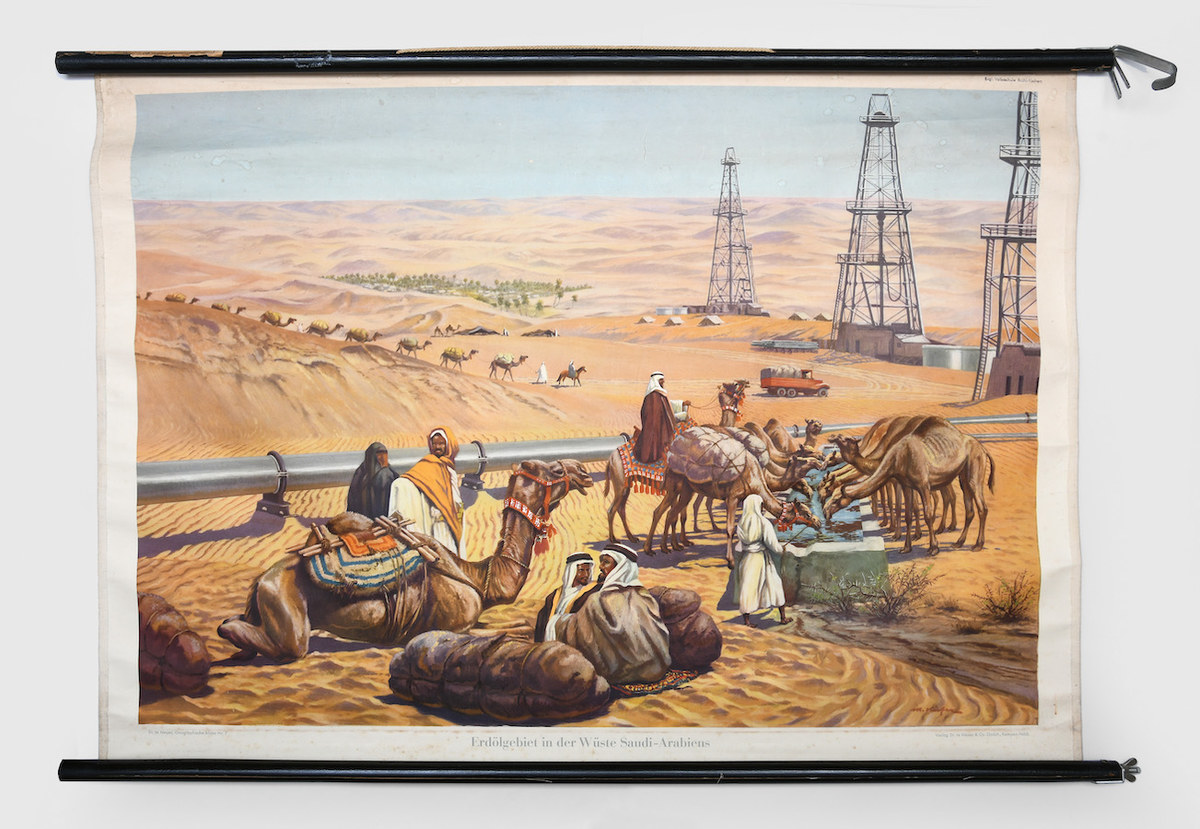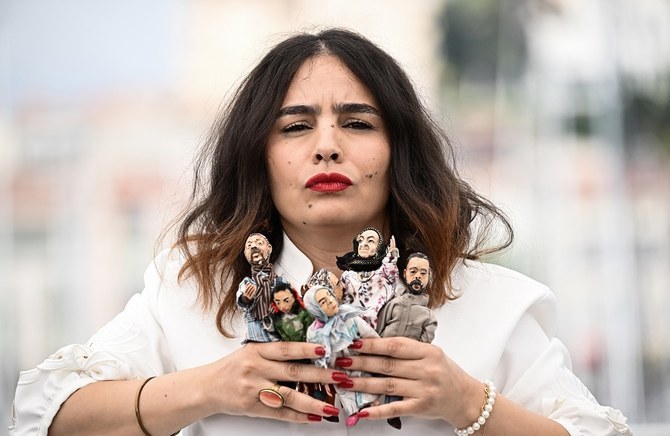NEW YORK: If you’re on the streets of New York City, you’ll probably notice the long lines in front of small outdoor food carts. If the aroma doesn’t catch your attention, the blasting of bombastic Arabic music might. The New York Times estimated that there are 10,000 halal food carts in the city, mostly run by immigrants, many of whom come from Egypt. A new short documentary in Arabic, co-directed by Egyptian New Yorker Salah Anwar, serves up two of their stories and allows people to go deeper into the lives of those serving these curbside plates.
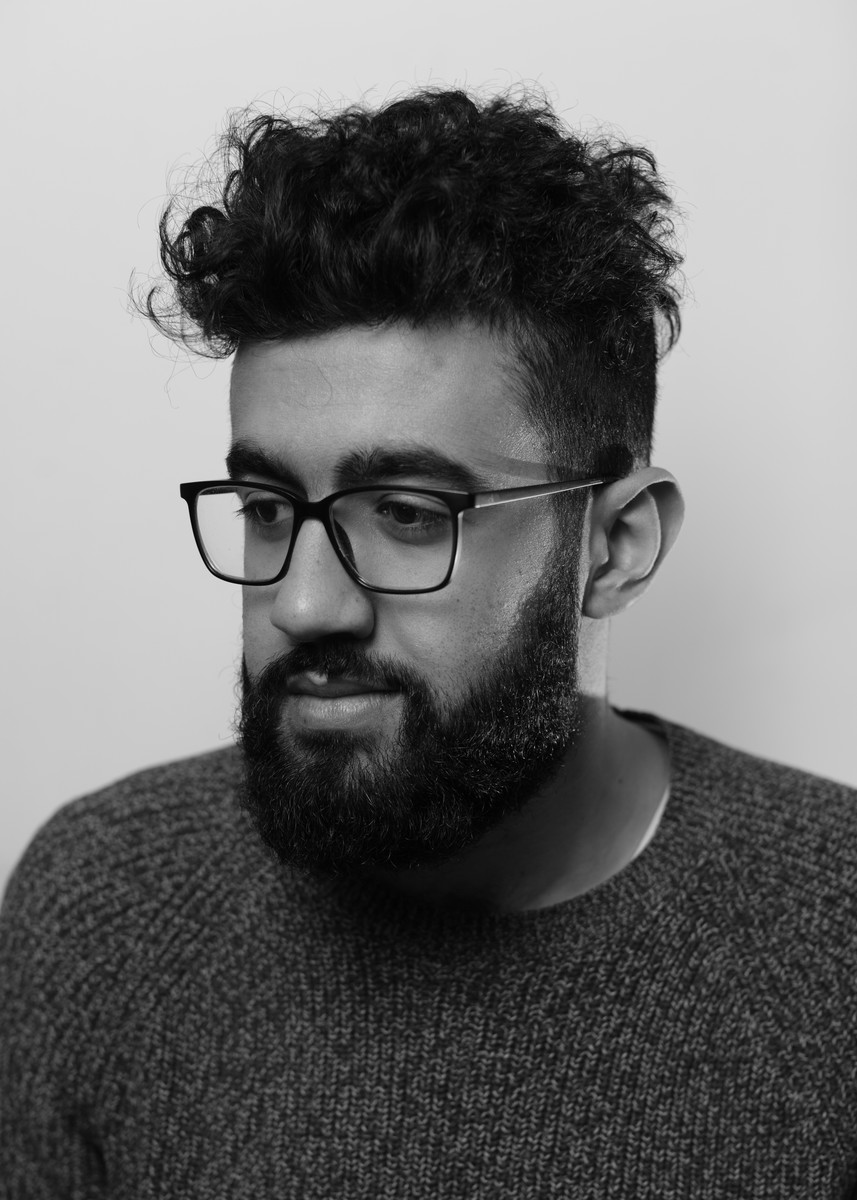
Salah Anwar. (Owise Abuzaid)
The title refers to the phrase vendors shout when someone places an order: “White sauce, hot sauce?” Many of these vendors don’t speak much English and rushed New Yorkers don’t really have time to chat anyway. The secret sauces are just as much a staple as the meats themselves, offering flavorful puddles in which to mix with the fluffy rice and tender meat. The plates themselves are conveniently divided into compartments, reminiscent of the frozen dinner plates made popular in the 1950s in the US. People eat their food in covered boxes with disposable forks while standing up, or at their offices. It even carries well on train rides home.
The halal street carts are now seen as quintessentially “New York.” But halal is also, of course, a religious term referring to the way the meat is prepared. The food carts are 100 percent Muslim-run. because the word “halal” refers to the way in which the meat is prepared, a religious practice.
New York City has a strong street-vendor culture. The Food Vendor Project says that there are around 20,000 street vendors in the city — meaning, according to the NYT figures above, that about half of them run halal food carts, offering quick and economic options for busy residents and tourists alike. These vendors stand or sit for long hours in tiny cubicles on the sidewalks, in the rain, snow or summer heat. For just a few dollars, you can be well fed for a fraction of the cost of an eat-in restaurant.
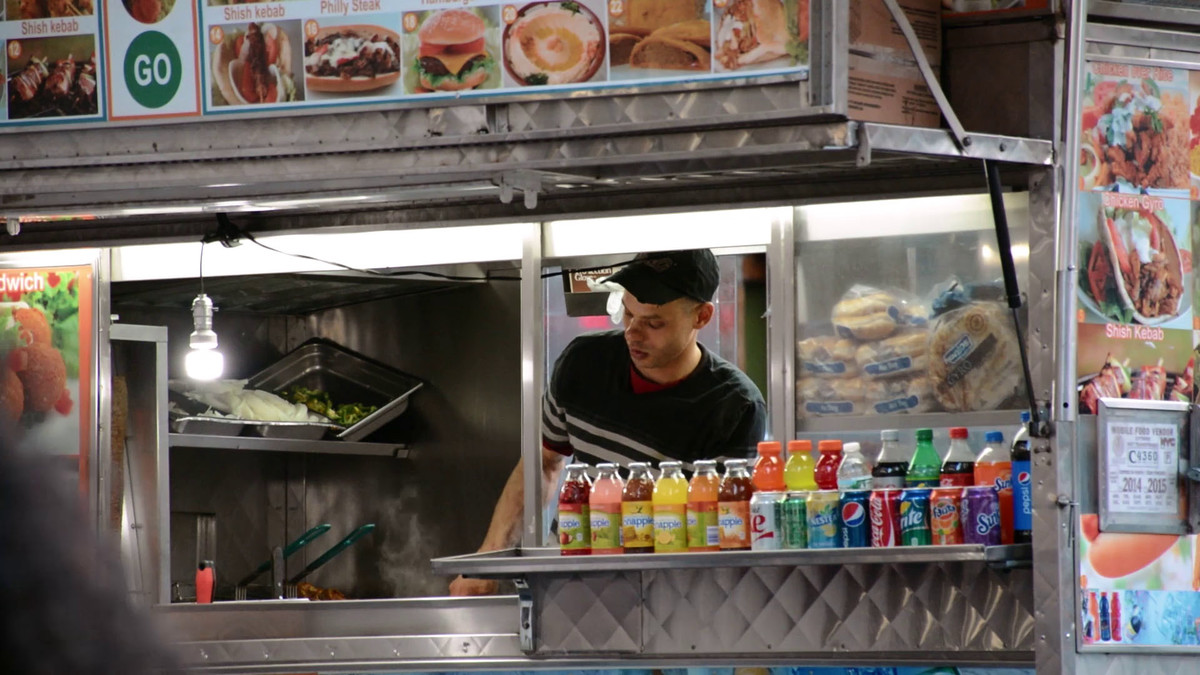
The halal food vendor in NYC is one of the longest-running success stories of Muslim Egyptian immigrants who came to the city to feed both New Yorkers and their American Dream. This short film is in Arabic, with English subtitles, allowing the men who pull these carts to speak about their experience in their own words, perhaps for the first time.
The filmmakers visit one of the vendors at his home, to meet his wife and young children and hear how America changed his life for the better. The second vendor talks fondly about the hustle of the city and how he feeds all kinds of people and never judges any of them. These stories show Muslims who keep their heads down and try to feed more than stomachs. But, the film asks at the end, why are some Americans — particularly President Trump and his ardent supporters — judging them?
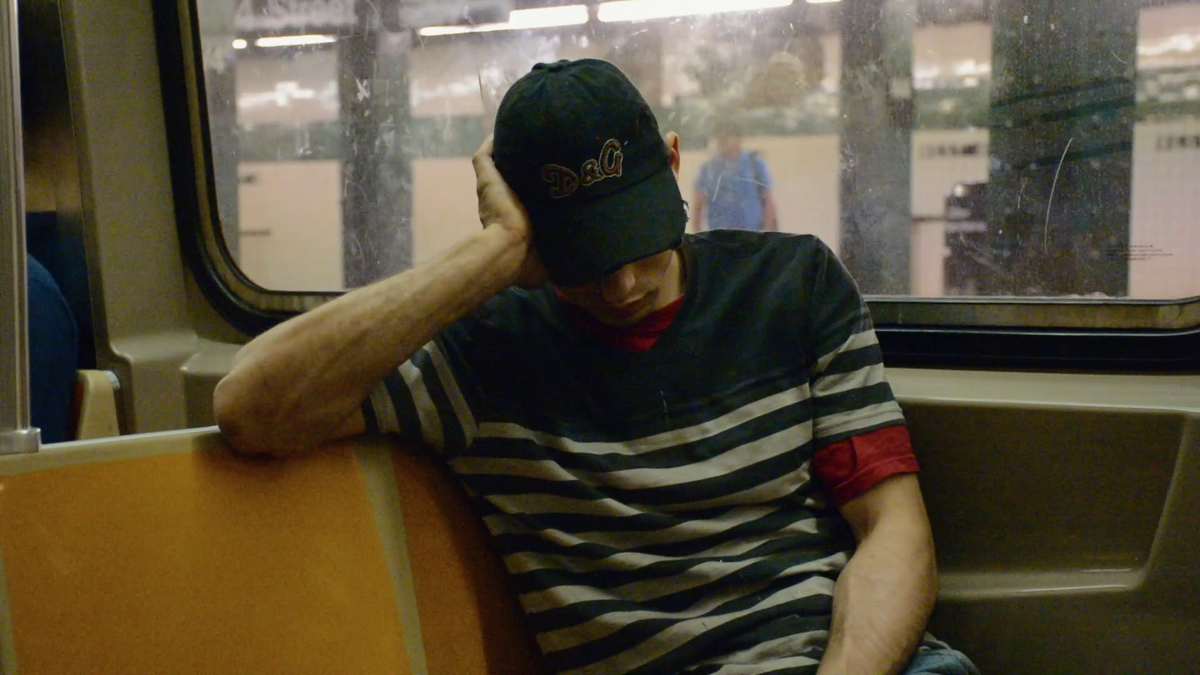
The film, Anwar told Arab News, “depicts an immigrant narrative full of heartbreak and hardship in a country that welcomes only bits and pieces of their traditions while leaving others stuck in a game of political tug-of-war.”
“There’s something about that authentic voice, having them speak in their first language,” Anwar said.
Both Anwar and co-director Mark Ibragimov said that it was essential to tell the vendors’ stories in their native tongue:
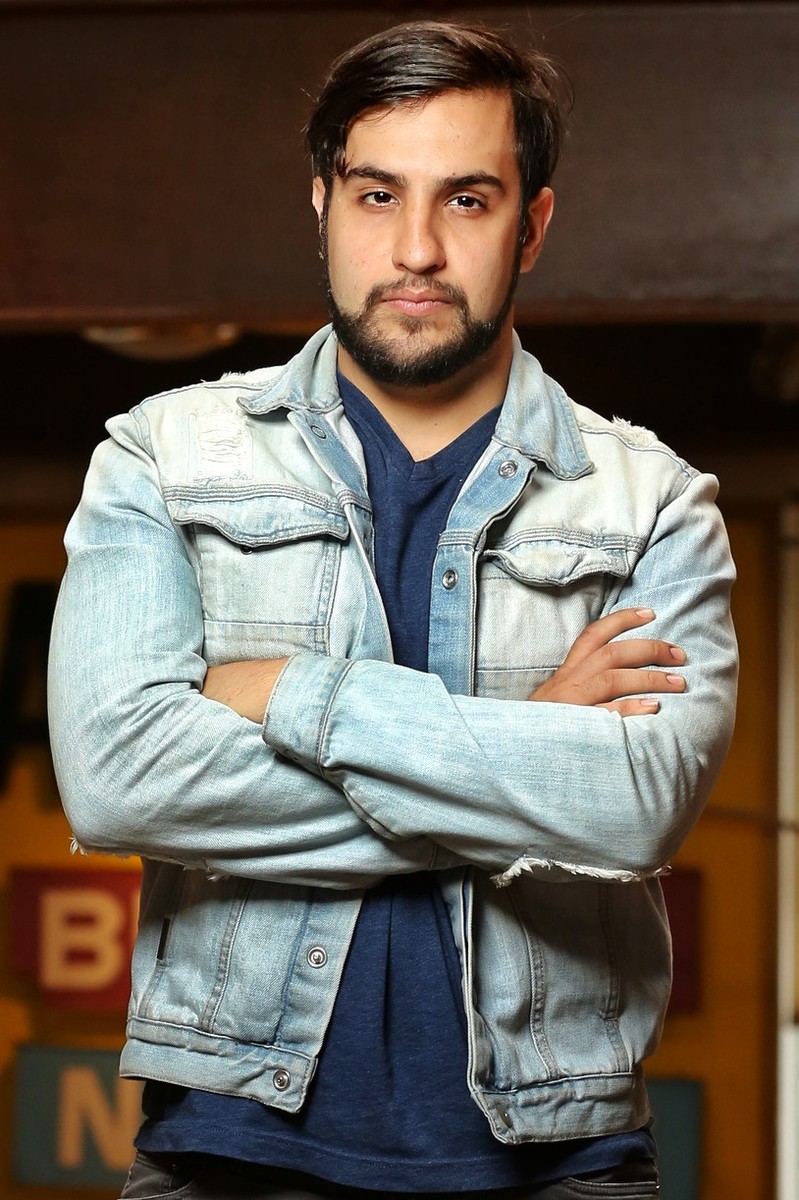
Mark Ibragimov. (Angel Chevrestt)
“I tried approaching them in English and knew right away it wouldn’t work that way,” said Ibragimov. “The purpose of the film is to bring it to people who might be seeing these vendors every day, but never really know them in ‘a day in the life’ kind of way. To be able to do it in the viewpoints of two different men in the same position, but living two different lifestyles, shows that not every single person that is working on the carts lives the same type of lifestyle. You have somebody who made somthing for himself, and you have somebody who has nobody here and is just seeing this as something to pay the bills.”
This film, like that six-dollar plate of halal meat over rice with “white sauce, hot sauce” feeds minds and the American Dream.


